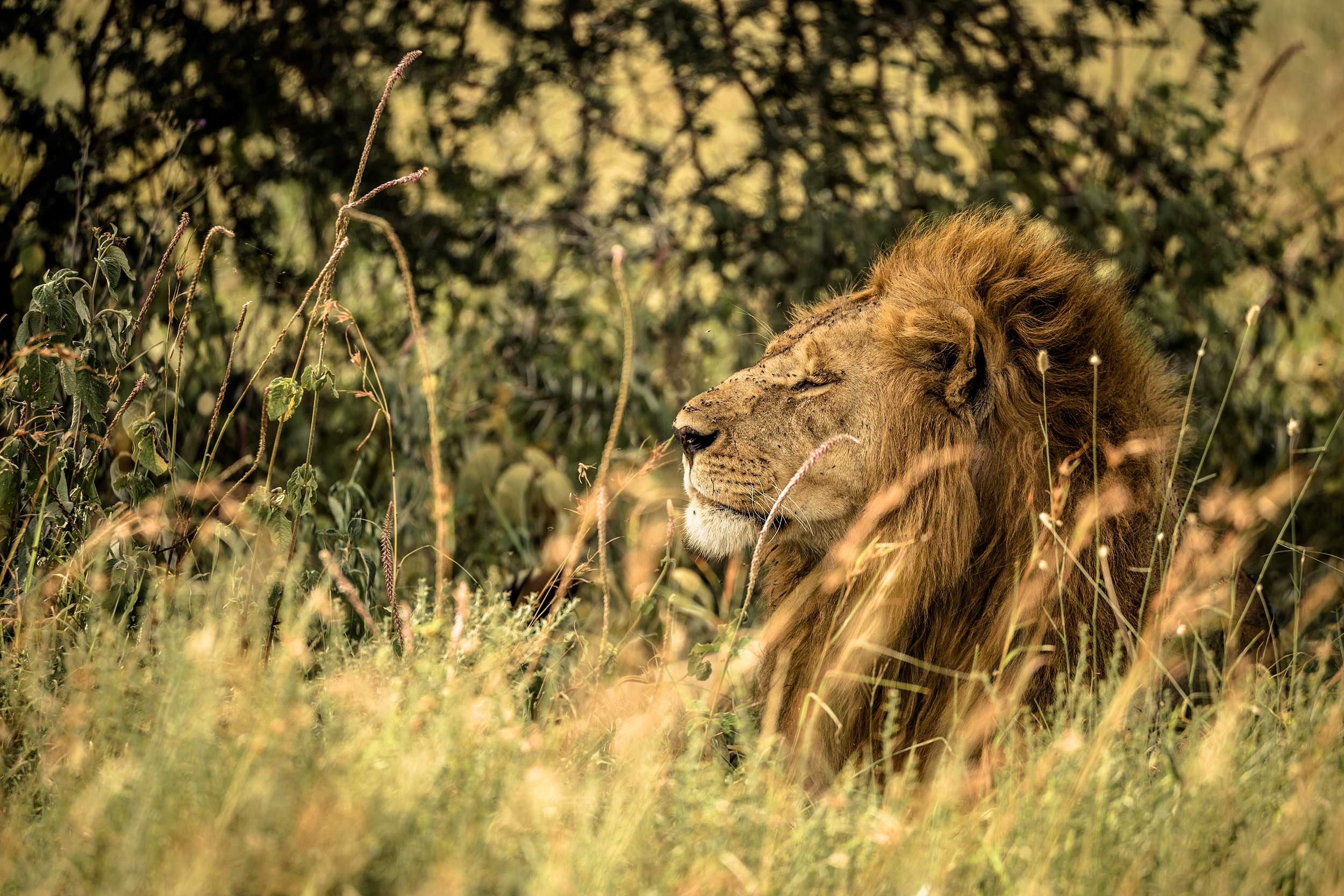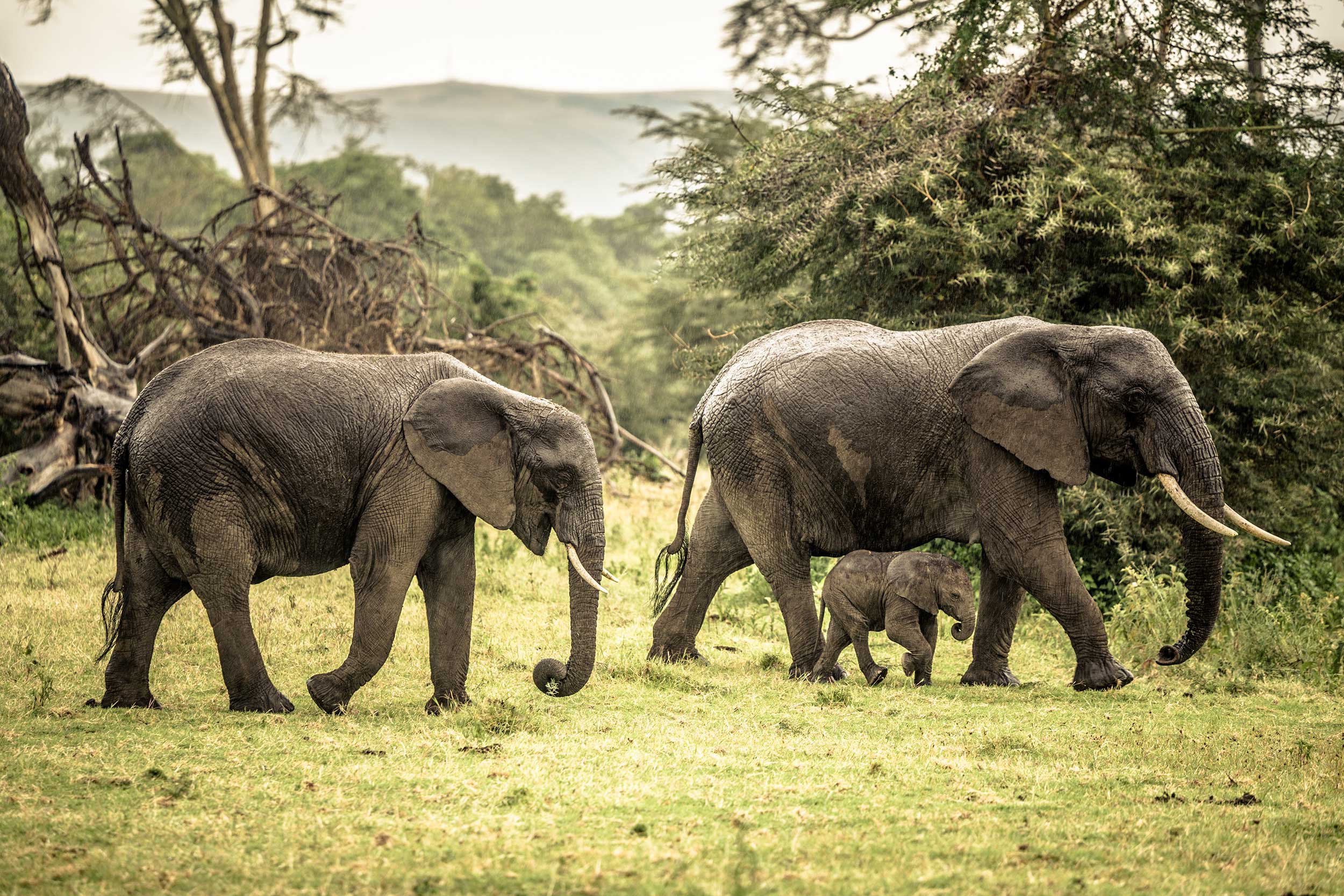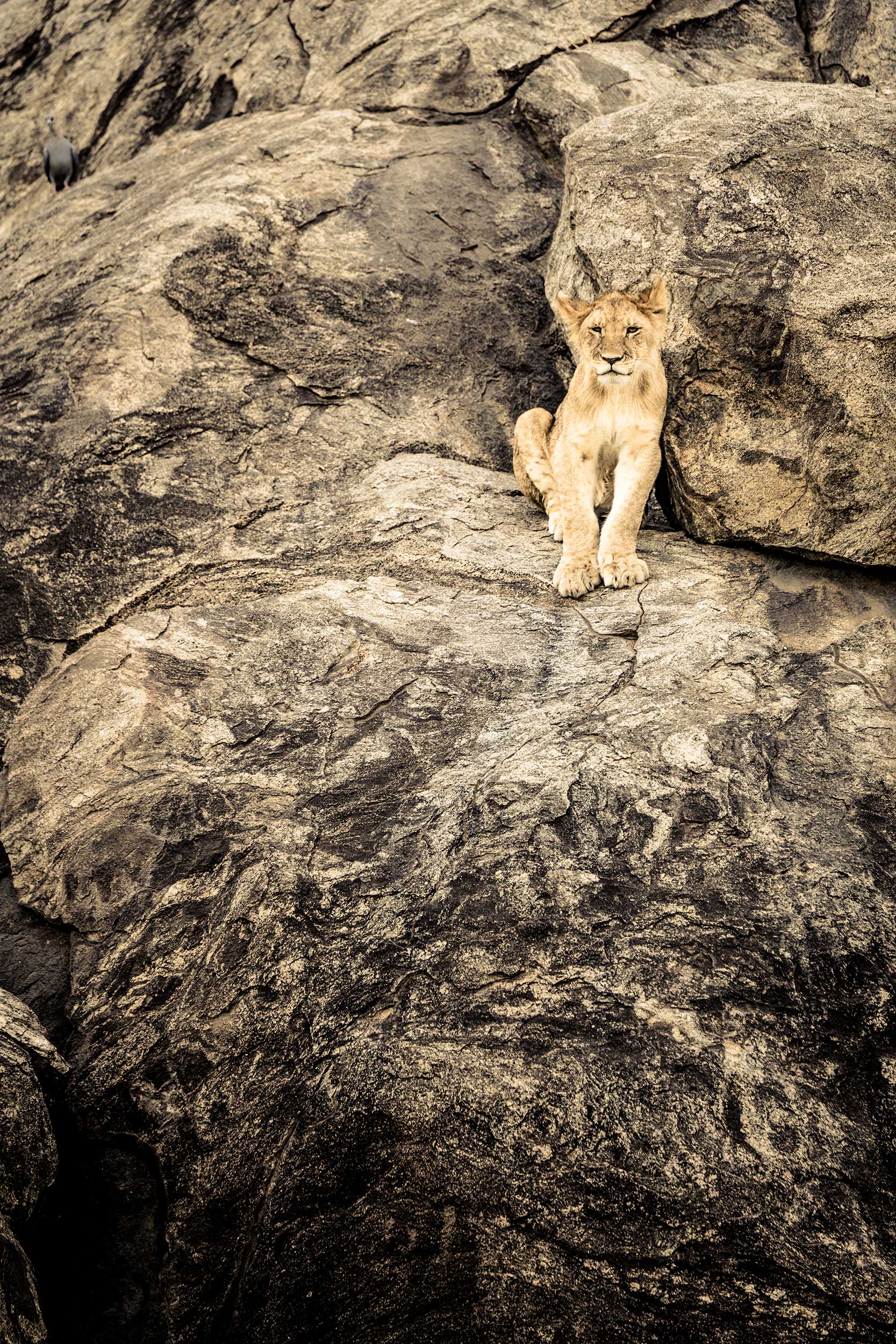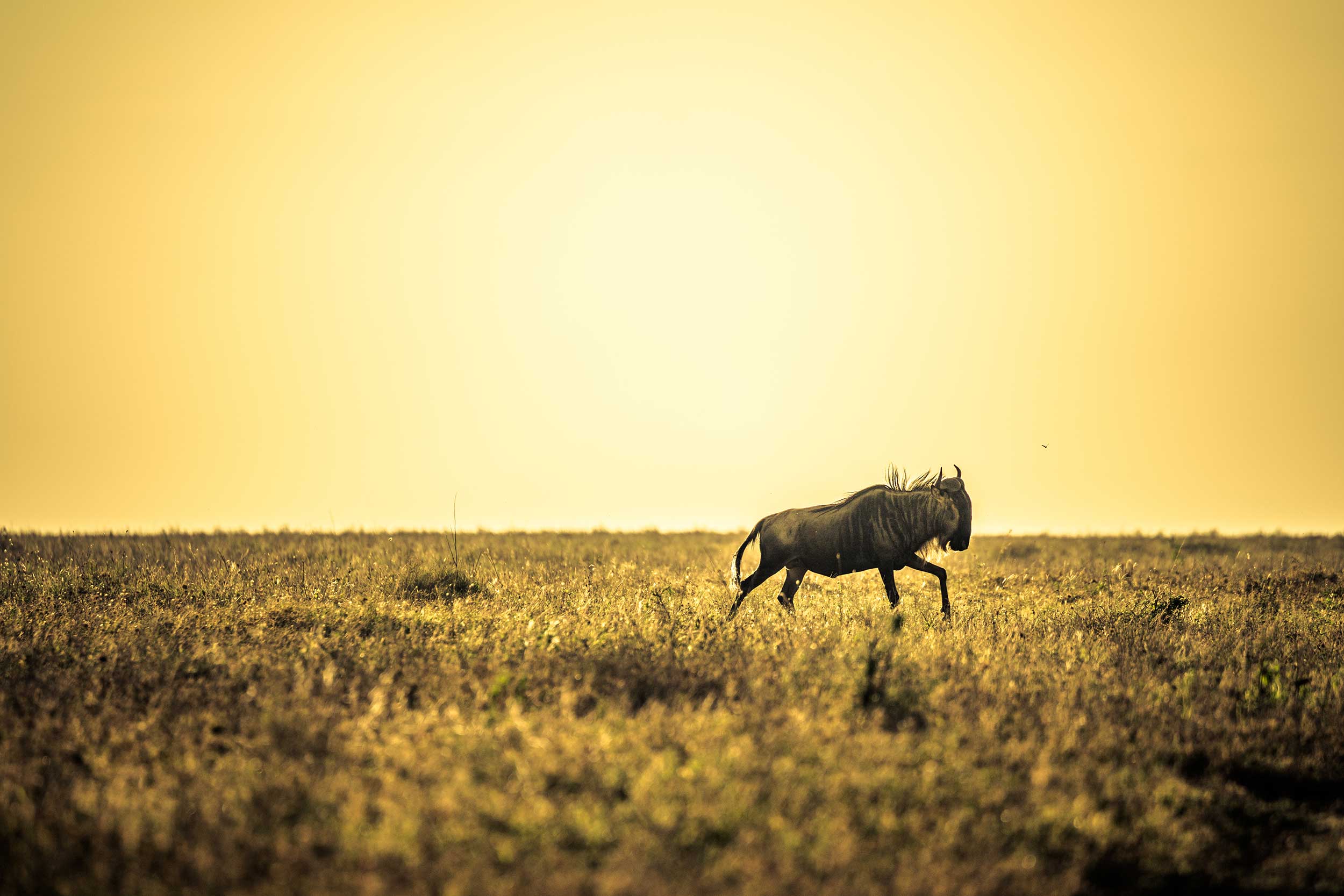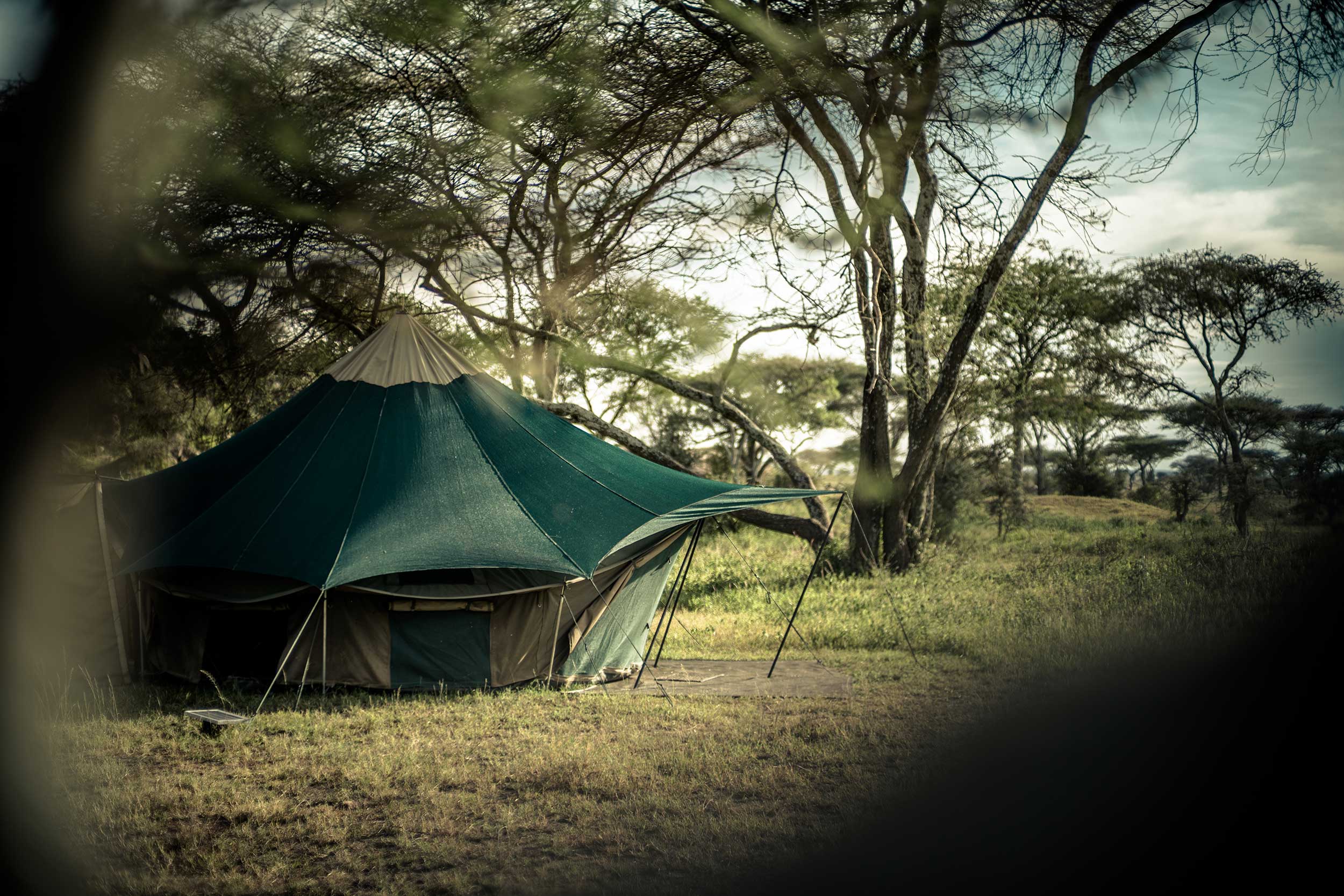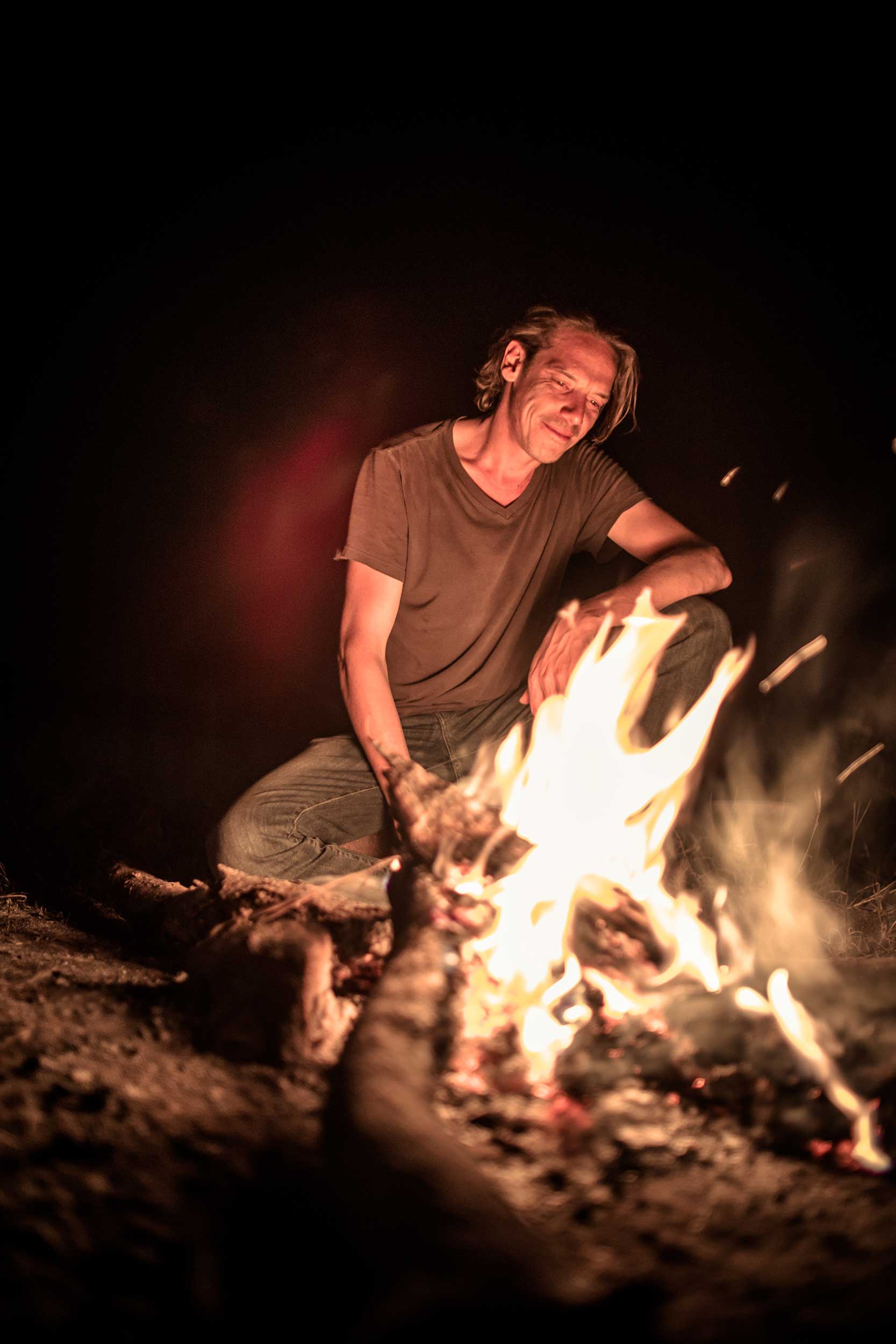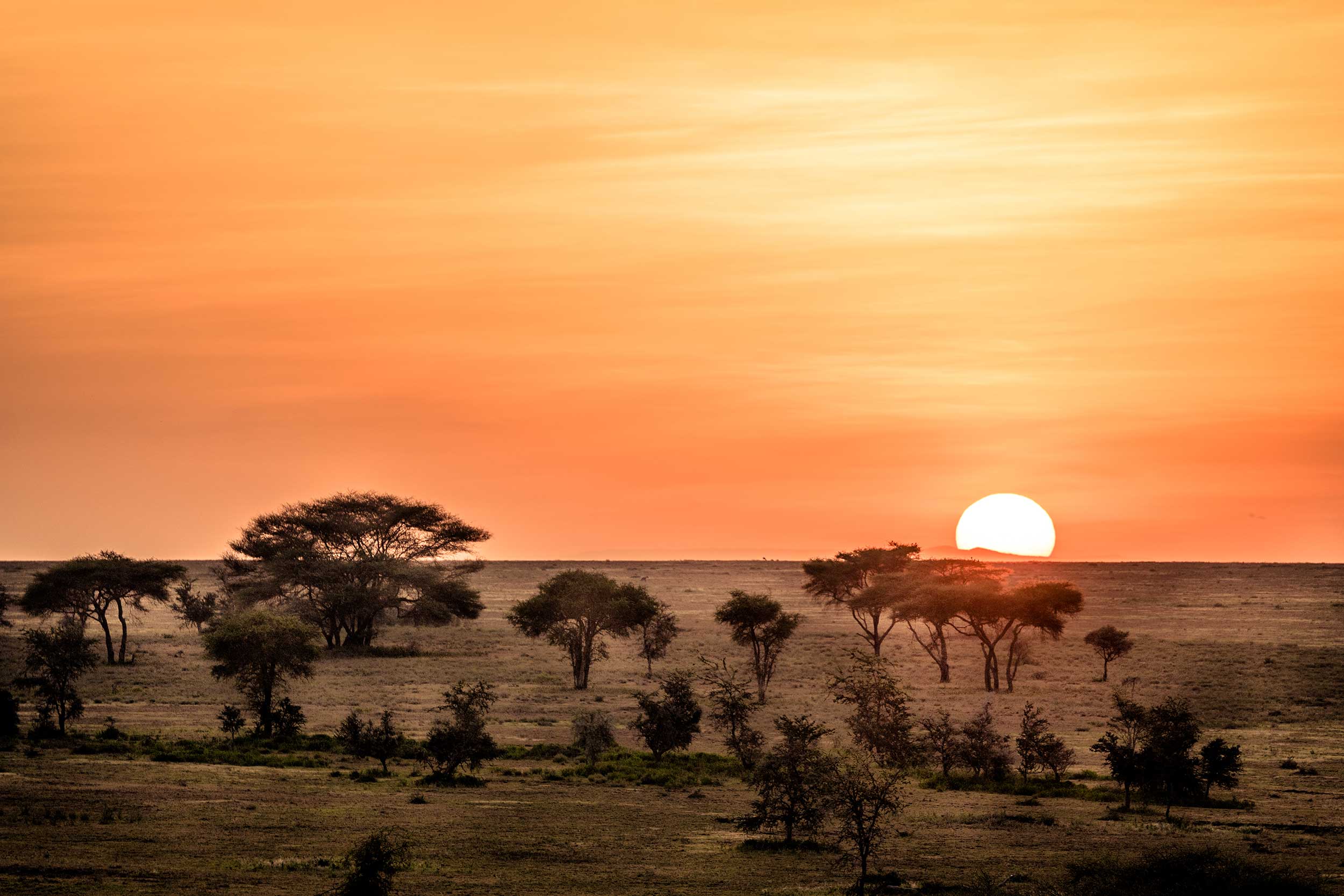Untold goes back. Way back
On our third leg of our road trip we close the loop back to where we started and slowly return to the northern part of Tanzania. First stop, Lake Natron. This diamond in the rough is often overlooked by visitors, quite literally actually, since at best people see this magnificent soda and salt based lake from up in the sky, in a little plane taking them to their safari camp. But if you are going to discover Tanzania like we do, on the road, you will not only get extensive ‘African massages’ on the demanding roads, you will have the unique opportunity to immerse yourselves in this eerie, lunar landscape. It’s almost like stepping into another dimension. Views as far as the eye can reach, volcanoes, craters, sand and salt storms looming in the distance. Samuel, a Maasai who took this opportunity to practice his English, guided us through the beautiful scenery with its abundant wildlife, took us to a spectacular waterfall and told us that the lake is sat at the base of the Ol Donyo Lengai volcano. His fellow tribespeople who still live in their traditional bomas in the plains call it the mountain of God. While walking on the solidified lava and absorbing this almost extraterrestrial beauty with the active behemoth towering in the distance it is a feeling you can relate to… The fact that the soles of your shoes melt because of the scorching heat makes this out of this world experience complete.
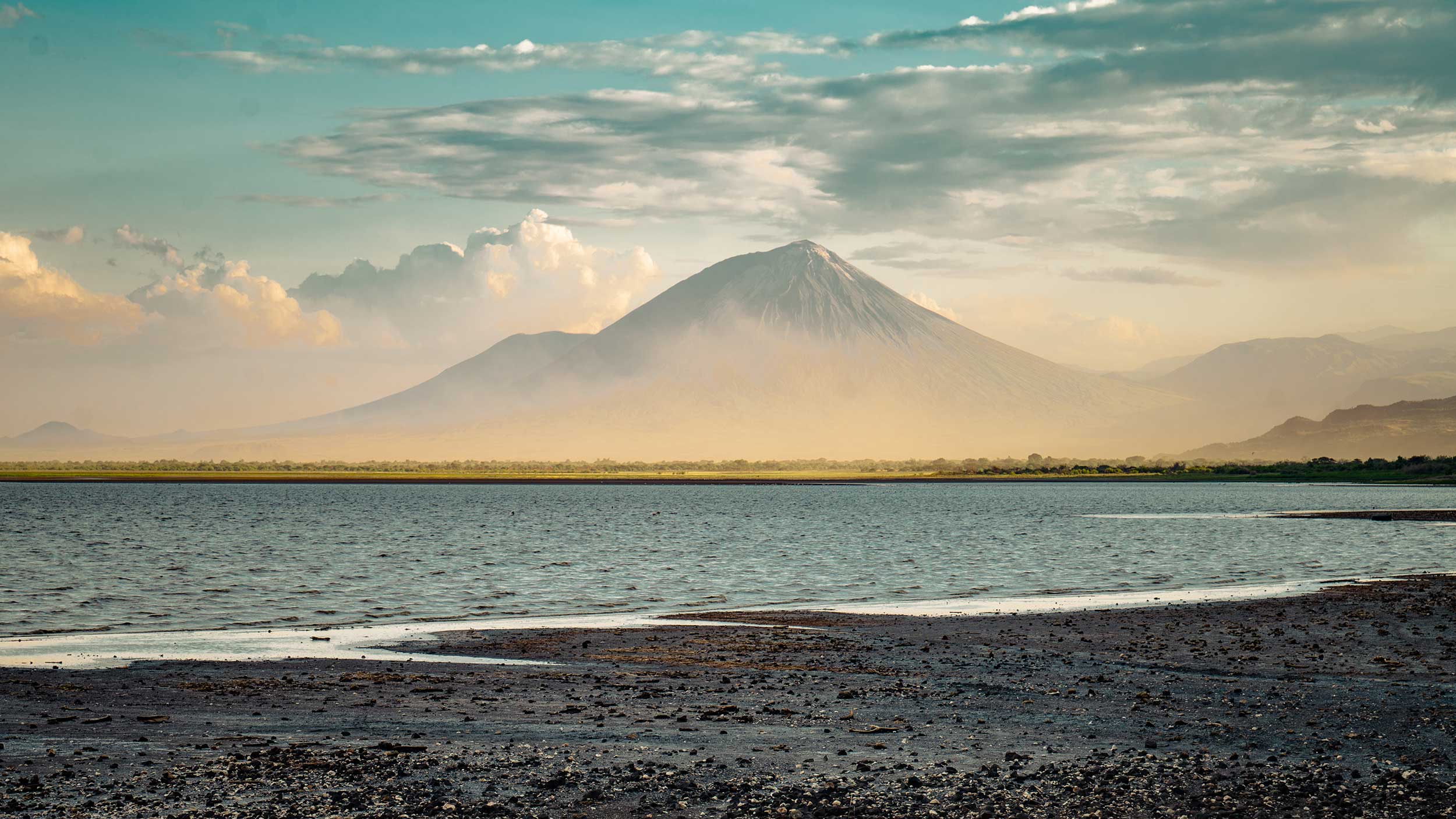
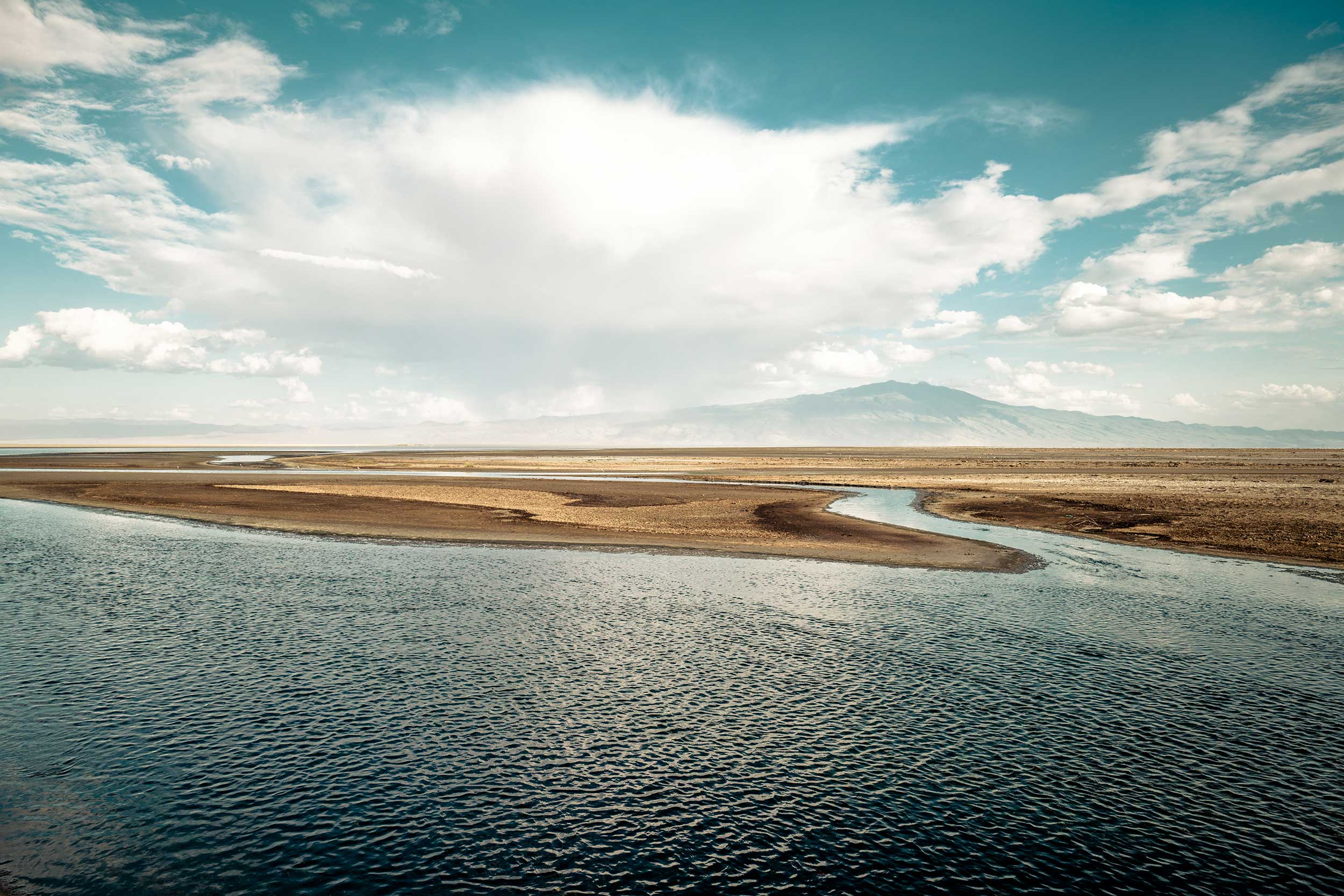
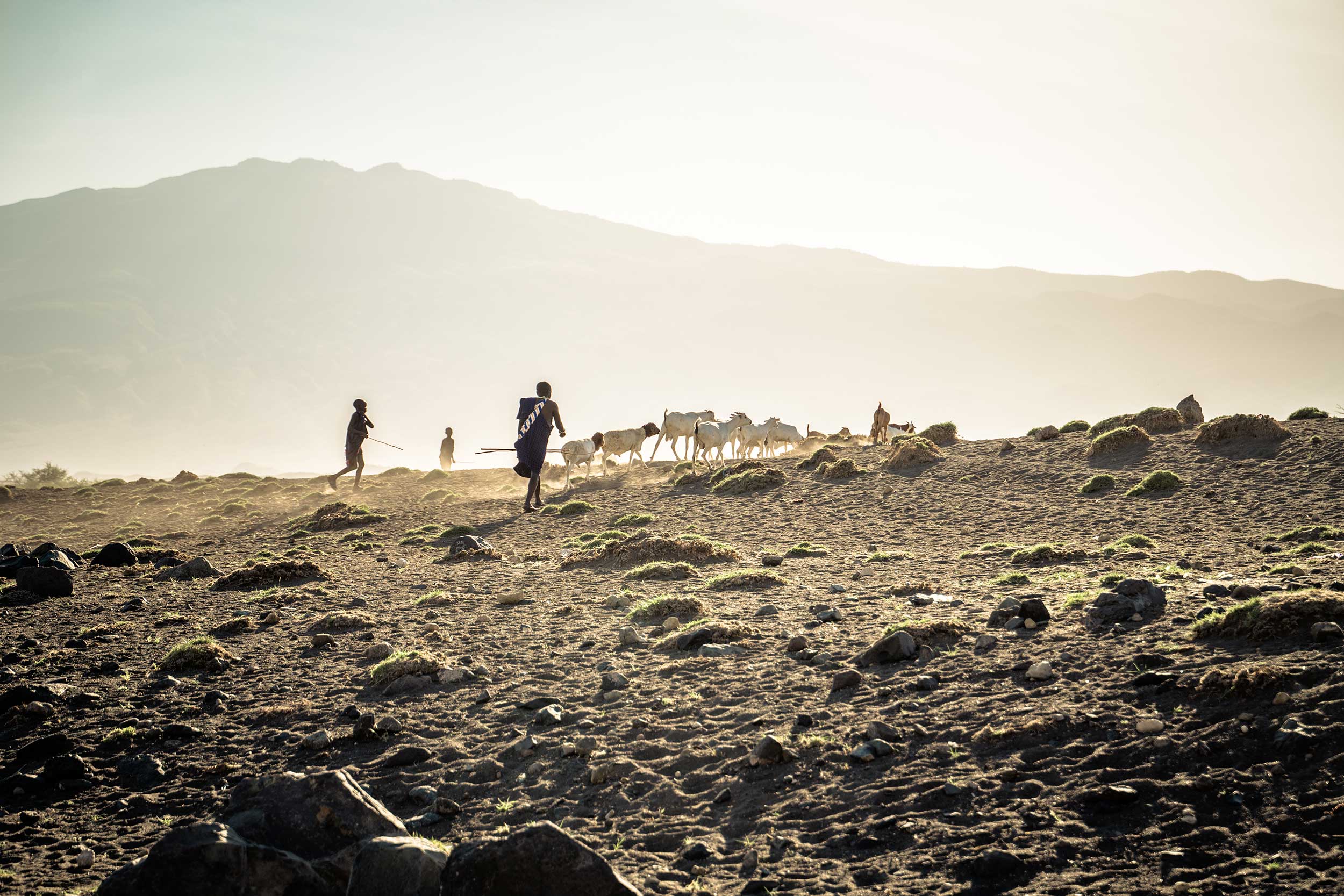
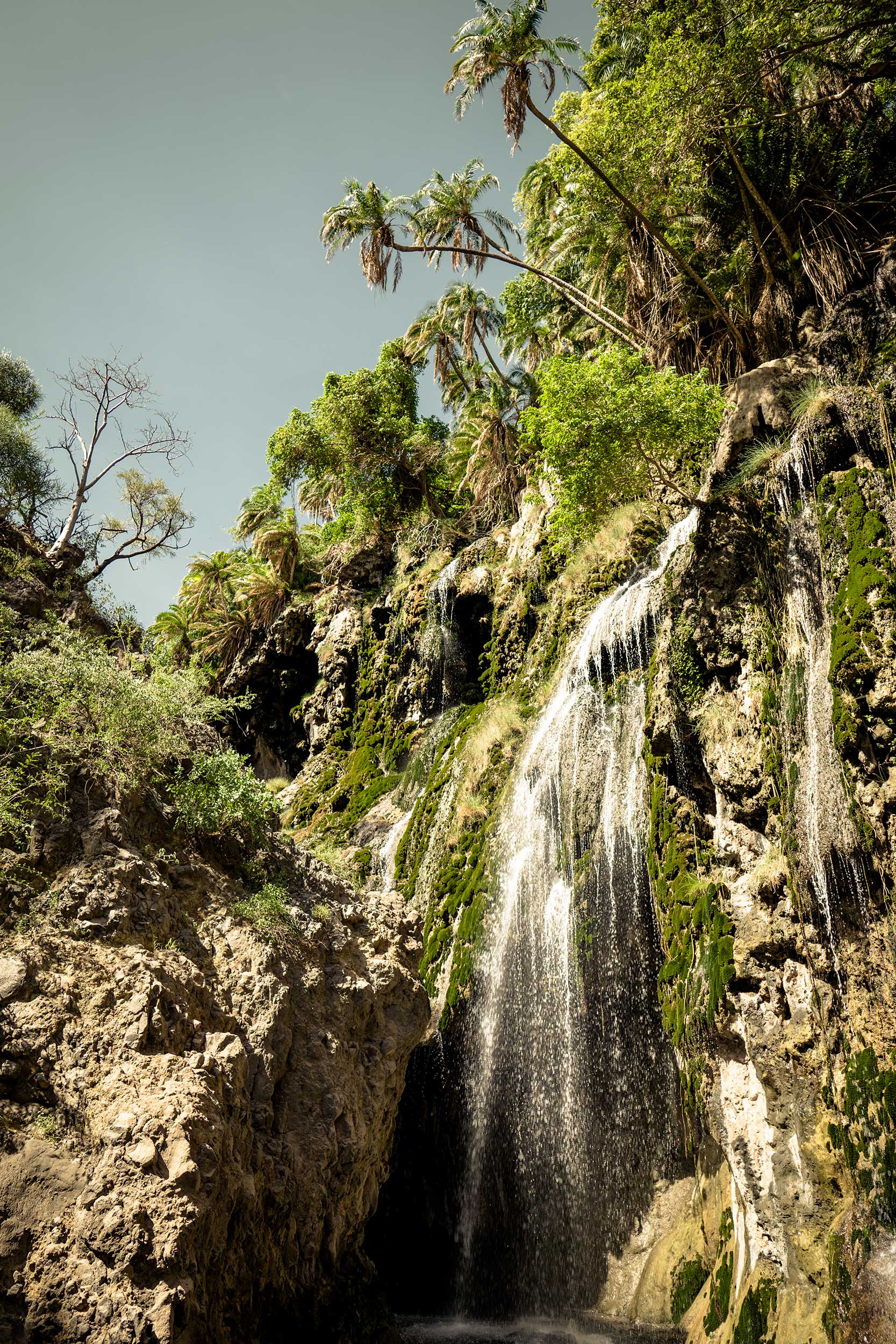
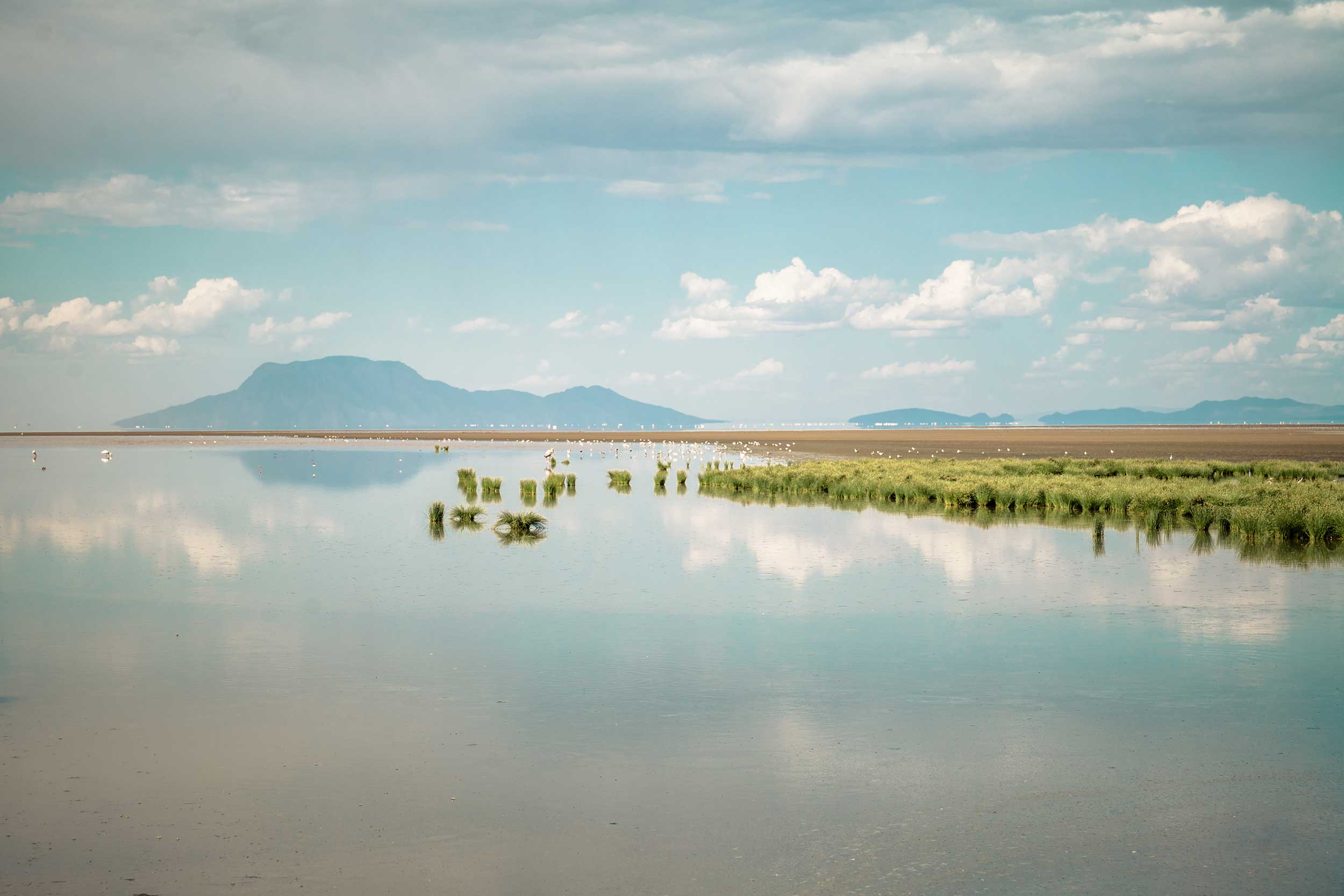
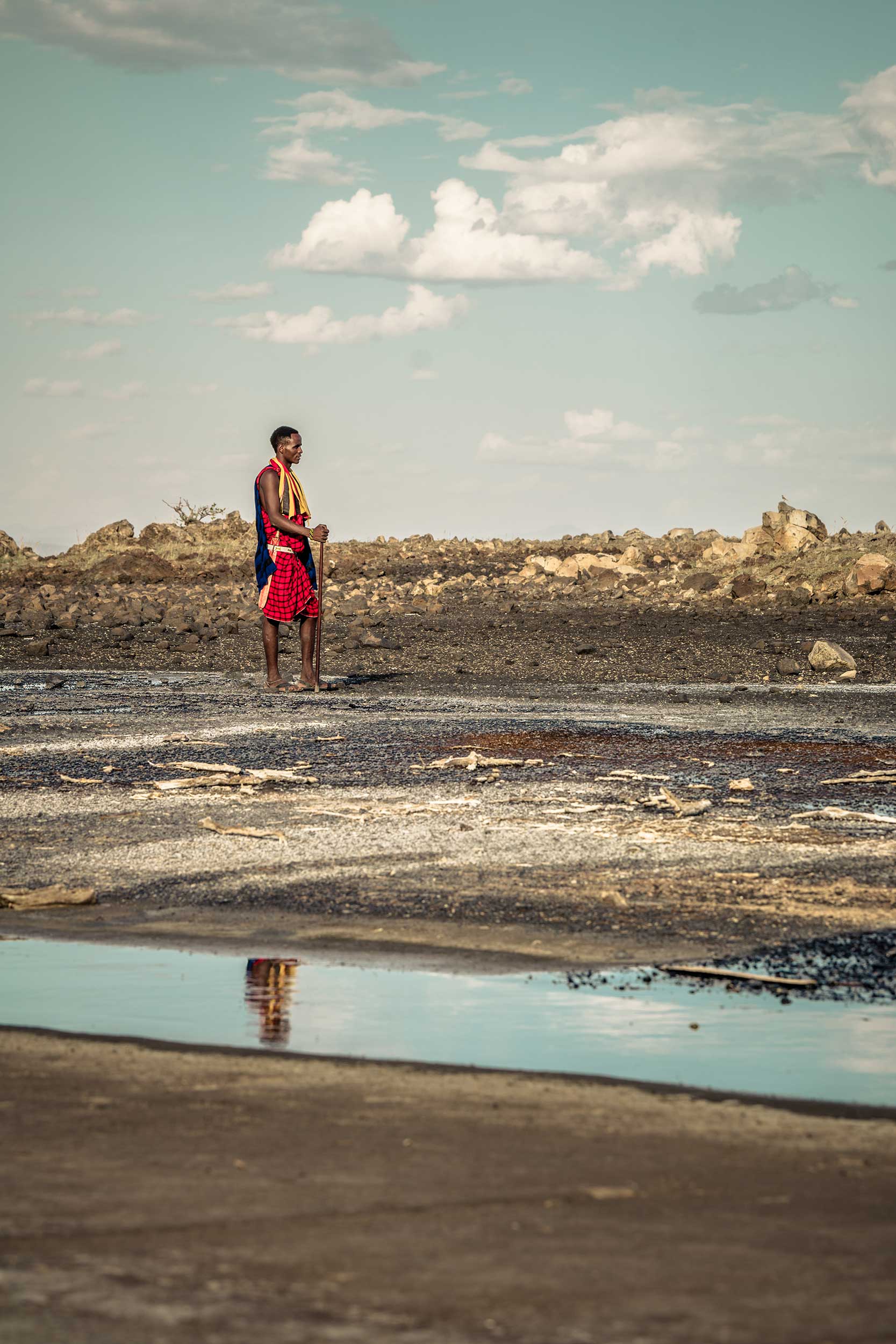
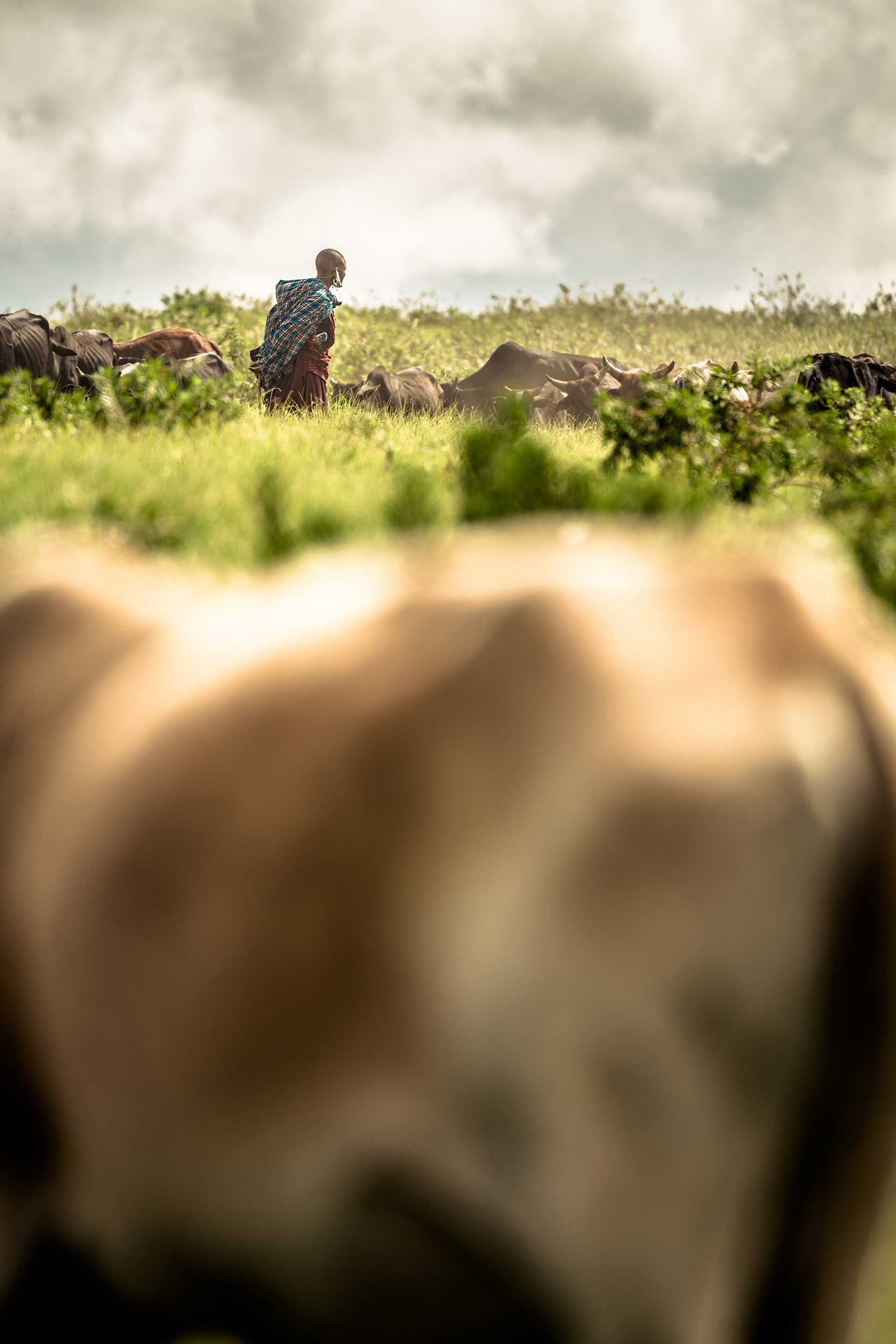
Our next destination was possibly the most famous crater of them all, Ngorongoro.
When the Ngorongoro volcano erupted around 3 million years ago it was with such a force it left a crater of 260 square kilometers. To say the least, it must have been quite a bang when this mountain as high as the Kilimanjaro was blown to smithereens, leaving this humongous circle full of life that is one of the seven natural wonders of Africa. Overlooking the crater standing on its ridge might give you a Jurassic Park feeling, strangely enough. A contained area swarming with animals big and small piercing through the mist in the distance. But this is where the analogy stops since the creatures in the crater are anything but computer generated. When you descend into the crater you are struck by the numbers and diversity of wildlife, it’s almost like boarding onto Noah’s Ark. Rhinoceros, buffaloes, leopards, elephants, hippos, giraffes and a large number of lions. All of them, predators and prey alike, are enclosed by the 600m high ridge of the crater, creating a one of its kind ecosystem where everything that makes spotting wildlife exhilarating is bundled together. And it gets even better, because should you choose to visit the Ngorongoro crater in December, this is the time when this safari Walhalla is flooded by 200.000 zebra, 300.000 gazelles and over a million wildebeest!
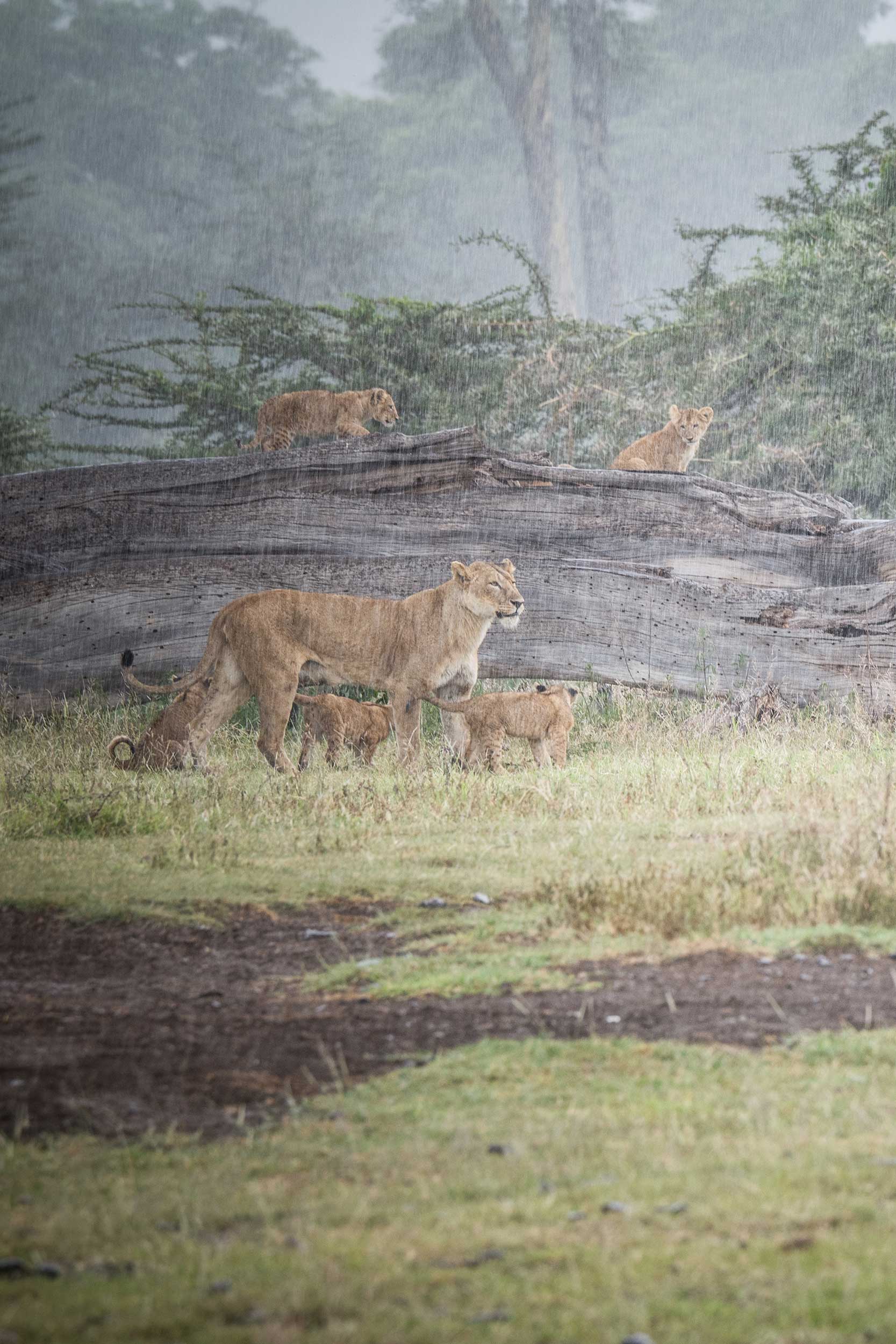
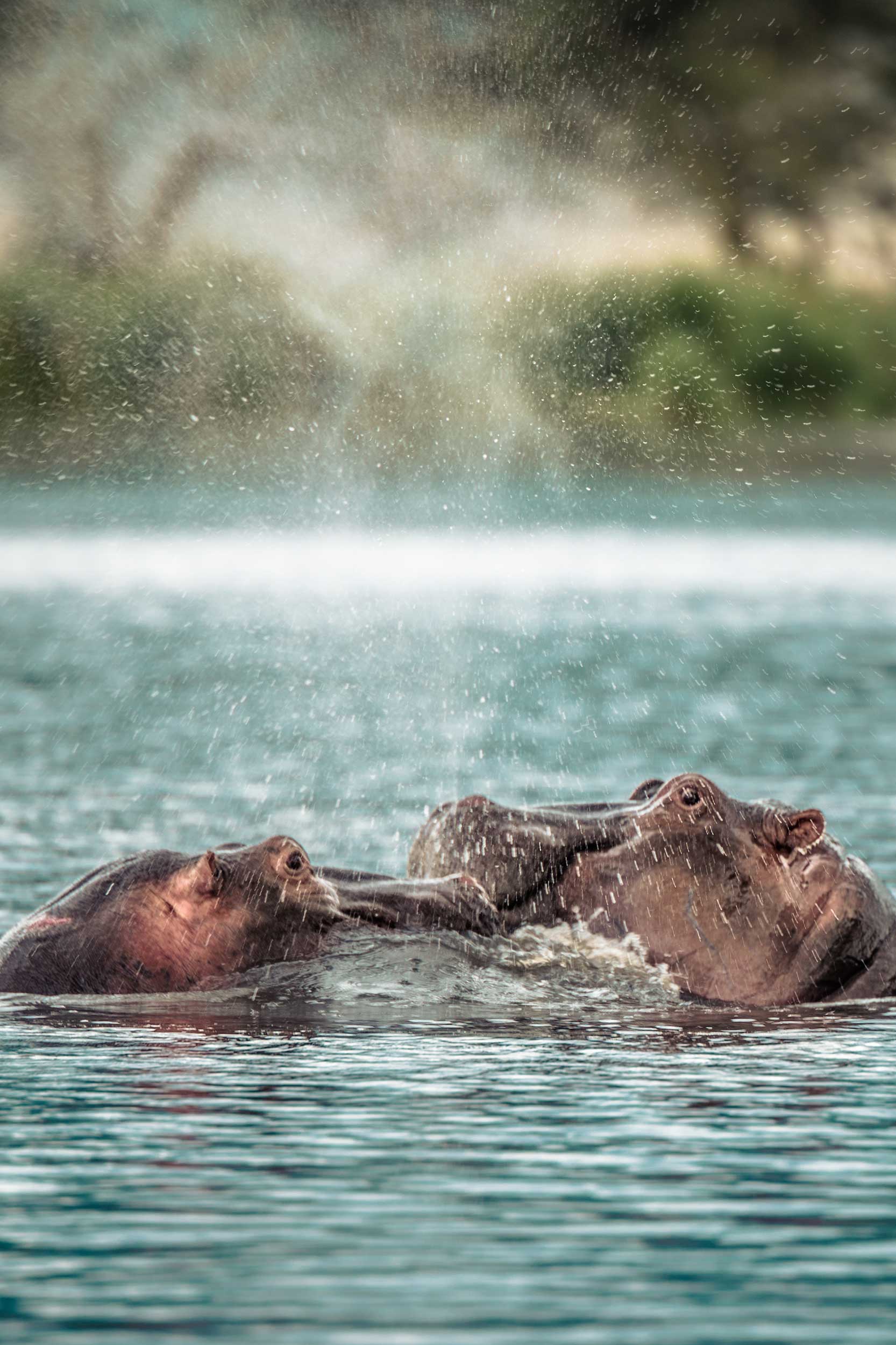
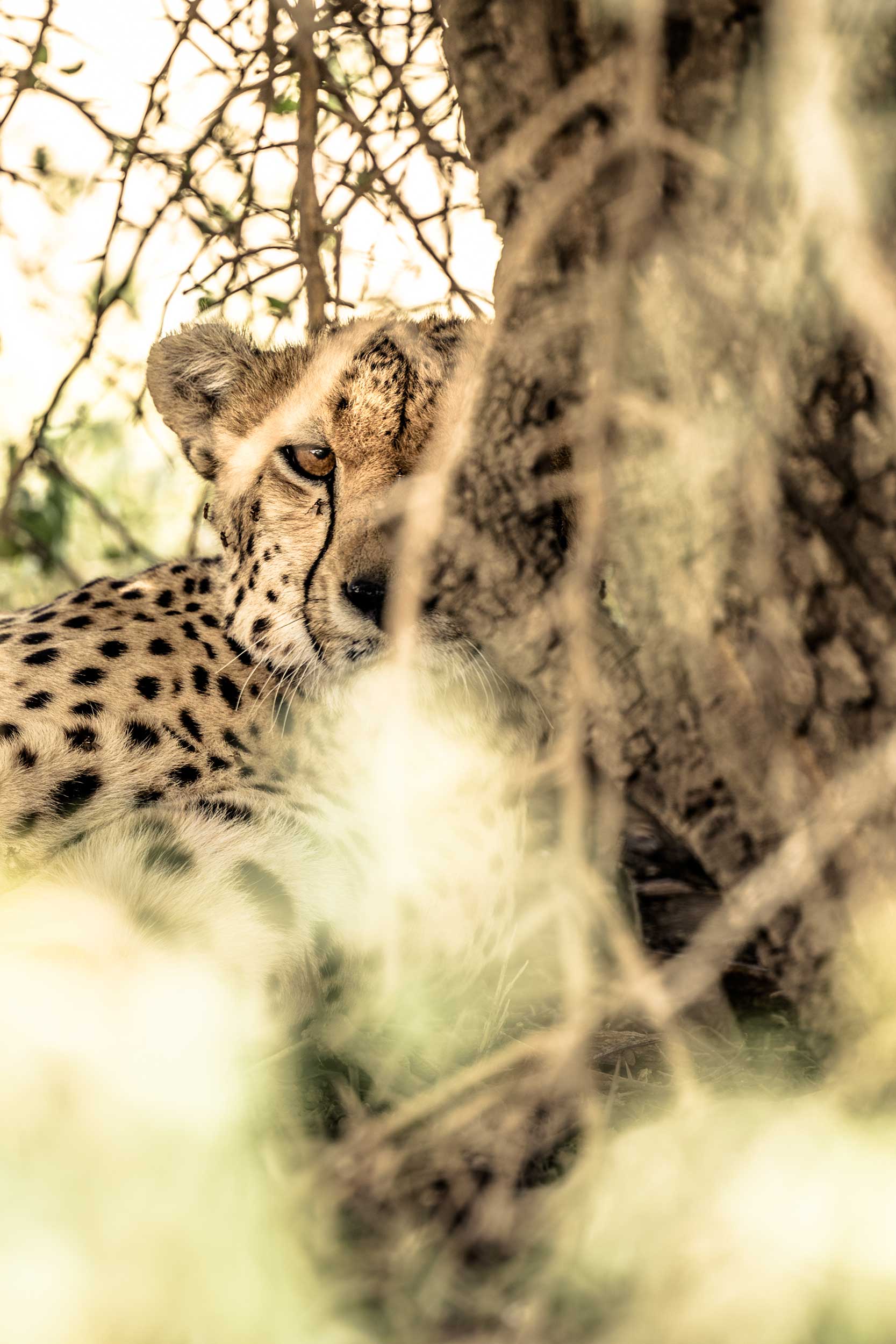
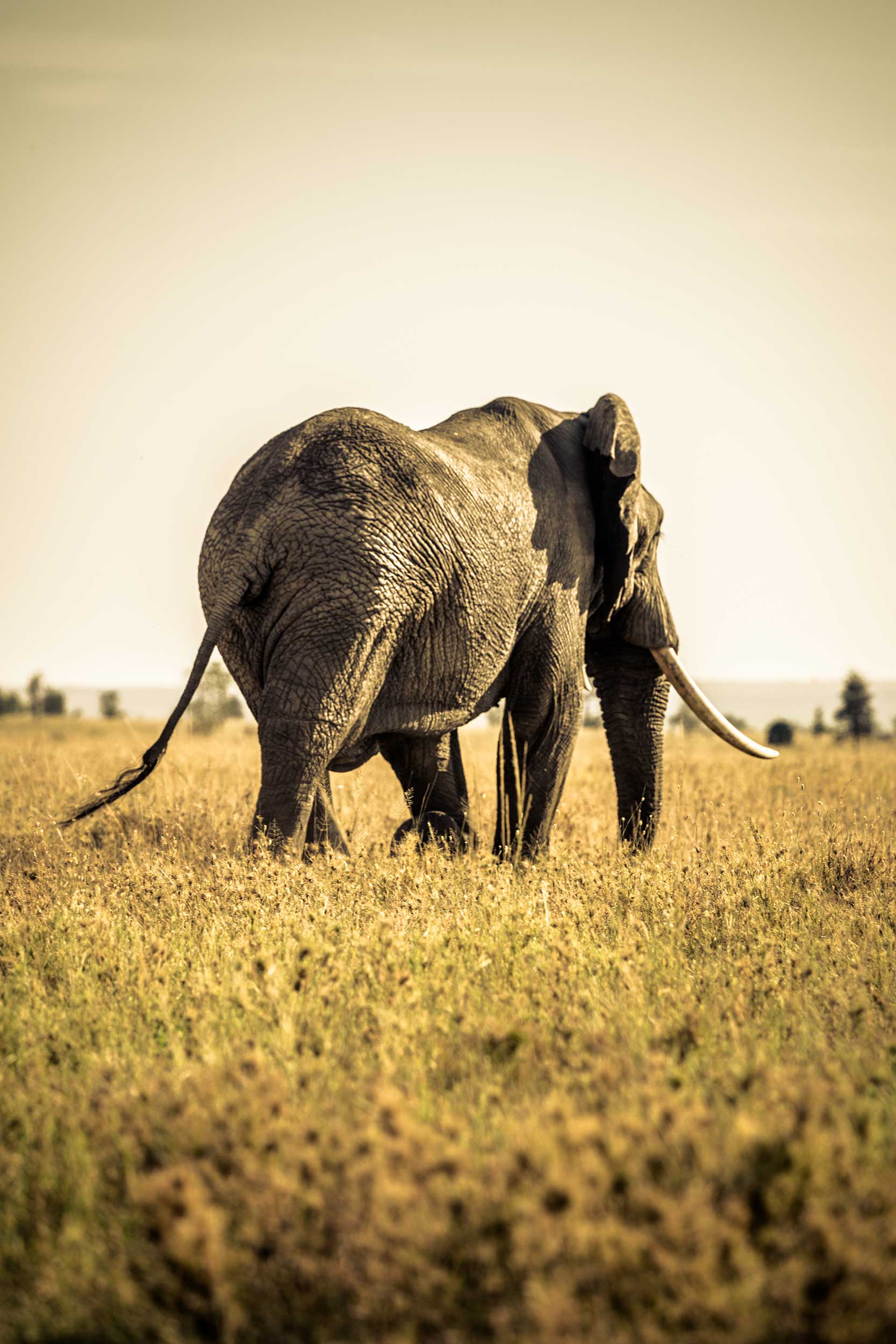
From the crater we drove on to Olduvai Gorge, the cradle of humanity. This steep-sided ravine in the Rift Valley is the place where the oldest fossils of our ancestors, the earliest known specimens of the human were discovered. The earth was cracked open over millions of years by erosion and exposed layer after layer of human history, the oldest going back more than two million years. The 90-meter deep ravine and its surroundings are beautiful in itself, but it is getting your mind around where you stand that is truly breathtaking. At the bottom of this gorge they found the origin of man and making their way up, travelling through all the layers, they discovered the most continuous record of our evolution. As if reading pages of an exceptionally old history book. On a side note and speaking of old… As if some roads were not challenging enough, we still chose to travel in a 29-year old fossil of a Nissan Patrol. Which gave us another dimension of the shock and awe we experienced at Olduvai. The car and its occupants were so shaken by the off-road portions of this trip that our rear suspension was blown, a number of parts were shaken off the car and a cable came undone, resulting in us being towed to a place where our old trusted friend could be mended again. And we moved on valiantly. Shaken. But not stirred.
The final stop of this part of our roadtrip takes us back to where it all started for us, the Serengeti.
When the Ngorongoro volcano erupted a long time ago it was with such a cataclysmic force that scientists compare it to a thermonuclear explosion. The hot cloud raging through the lands to the NW of the volcano created the vast plains of the Serengeti. Which coincidentally means ‘endless stretch of land’ in Maasai language. This time we set up camp in the Southern part. And this is not an expression, since we stayed in a mobile safari camp to explore this part of the Serengeti. This is a little more ‘in the rough’ but the lack in comfort is more than made up by the closeness to nature. We can highly recommend staying in such a mobile camp to track the great migration and especially during this time of year. Because at this time the Serengeti is nature’s nursery. All the wildebeest and zebra have little ones and their predators, already mouthwatering at their future prey, too. This is the perfect moment to see baby wildebeest being born and joining the herd mere minutes after appearing on this world. It is the time of year to see newborn zebra finding their balance on their little legs and to get endeared by numerous cute lion cubs in the company of their loving but still very impressive parents.
